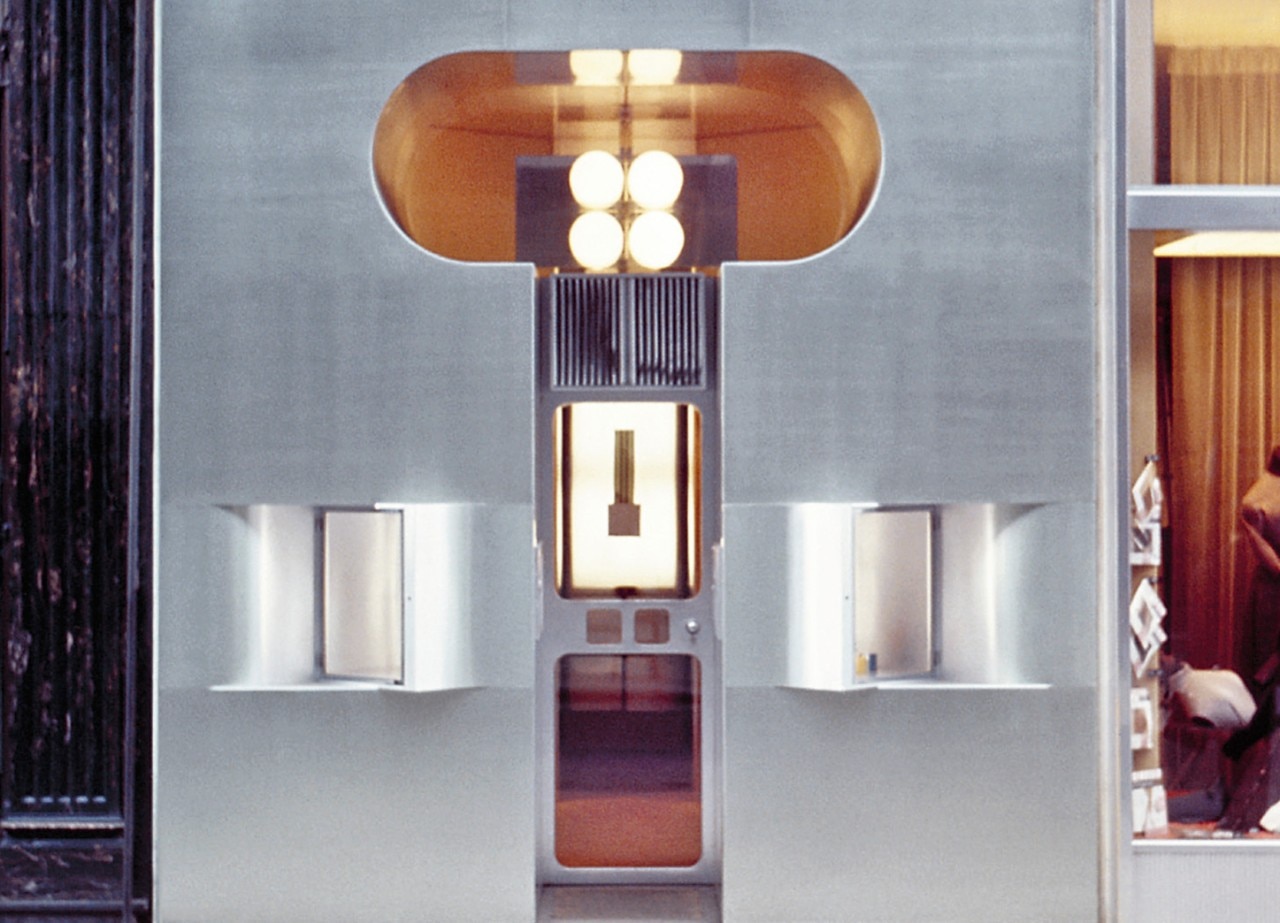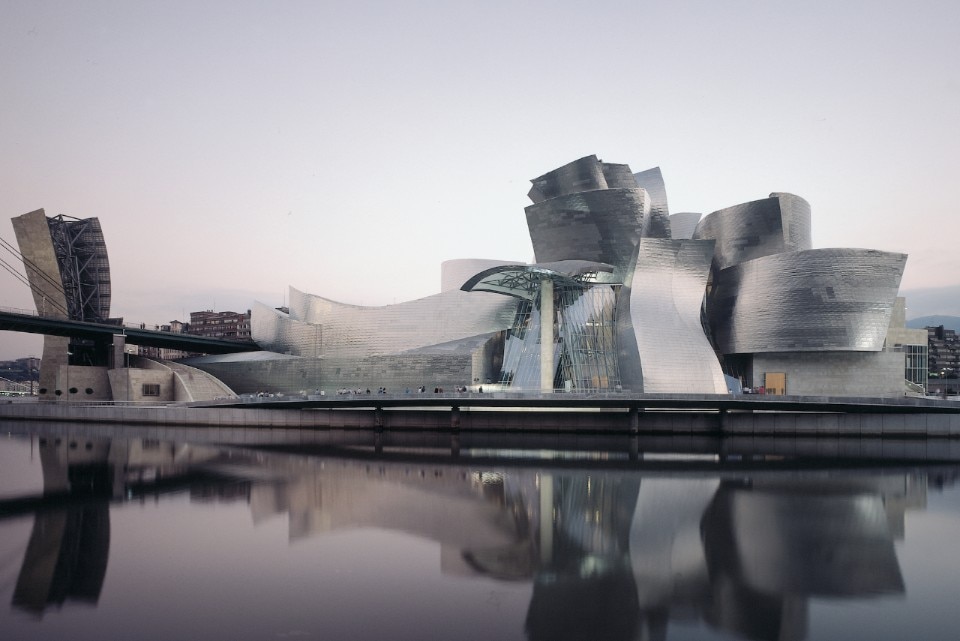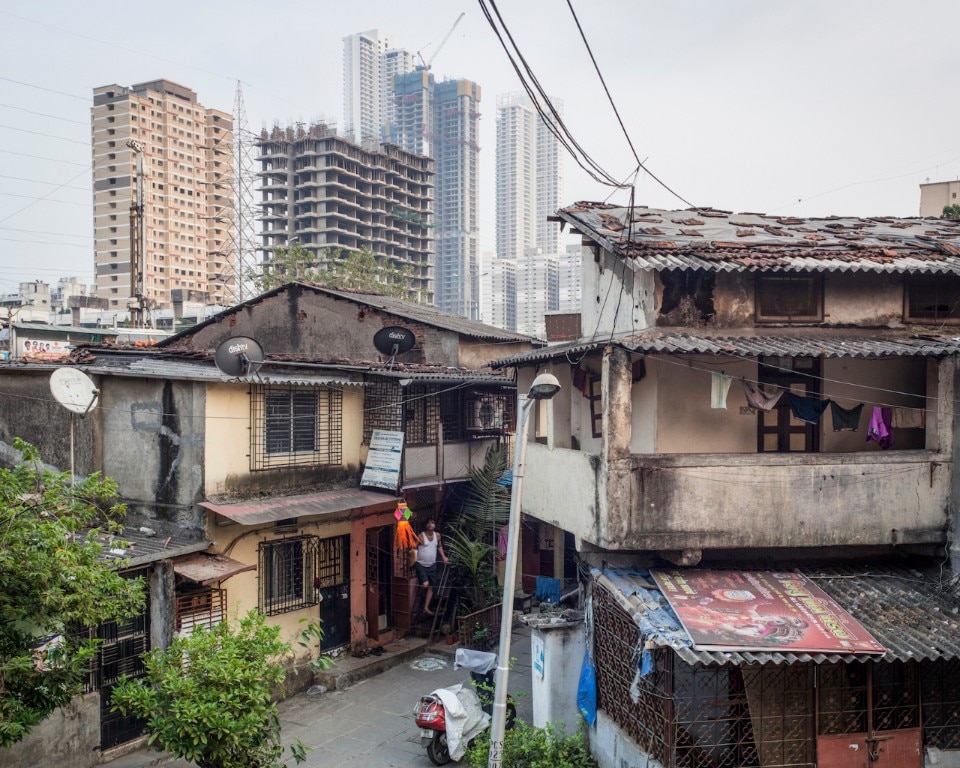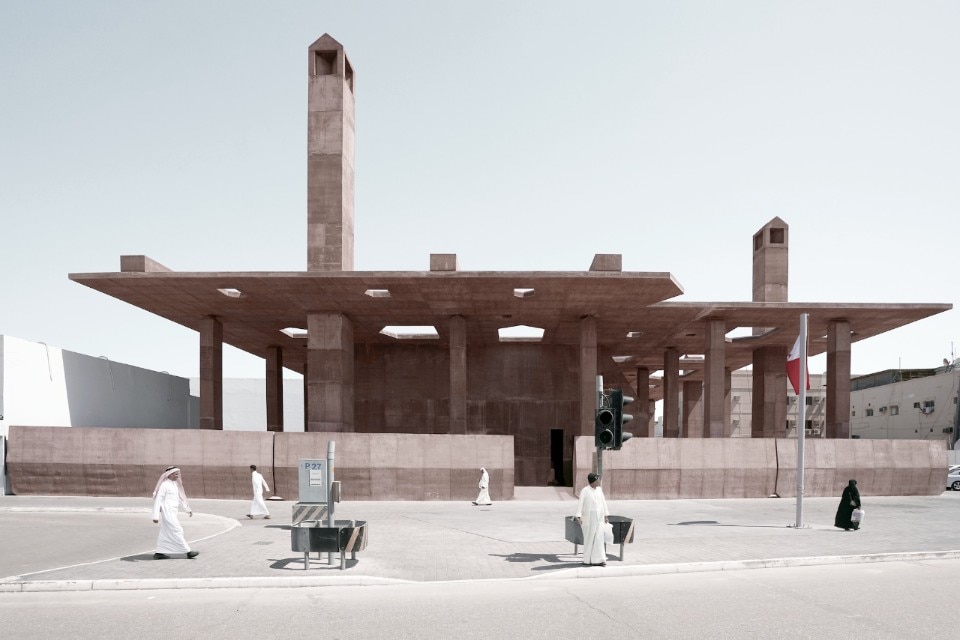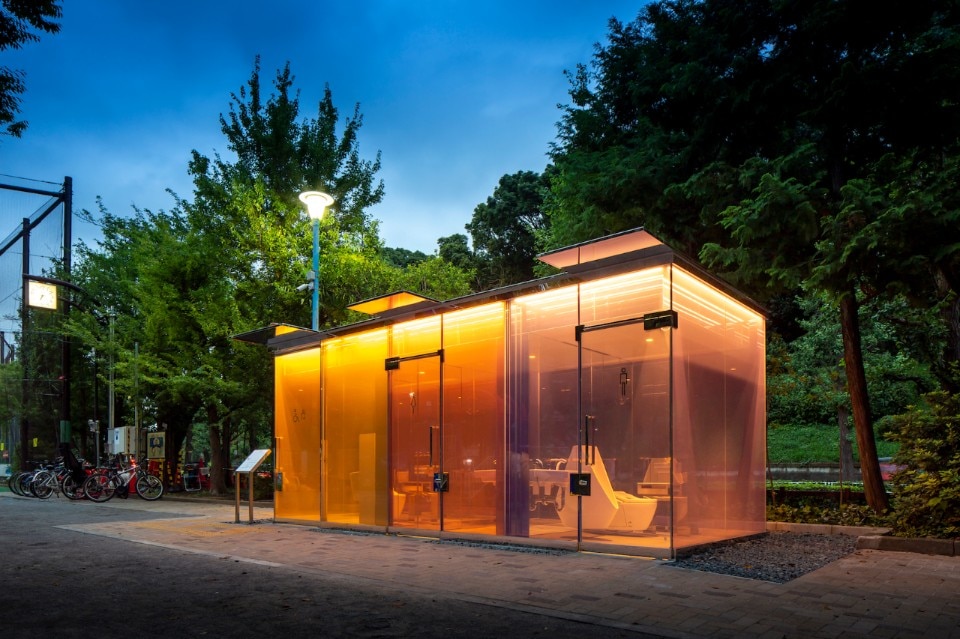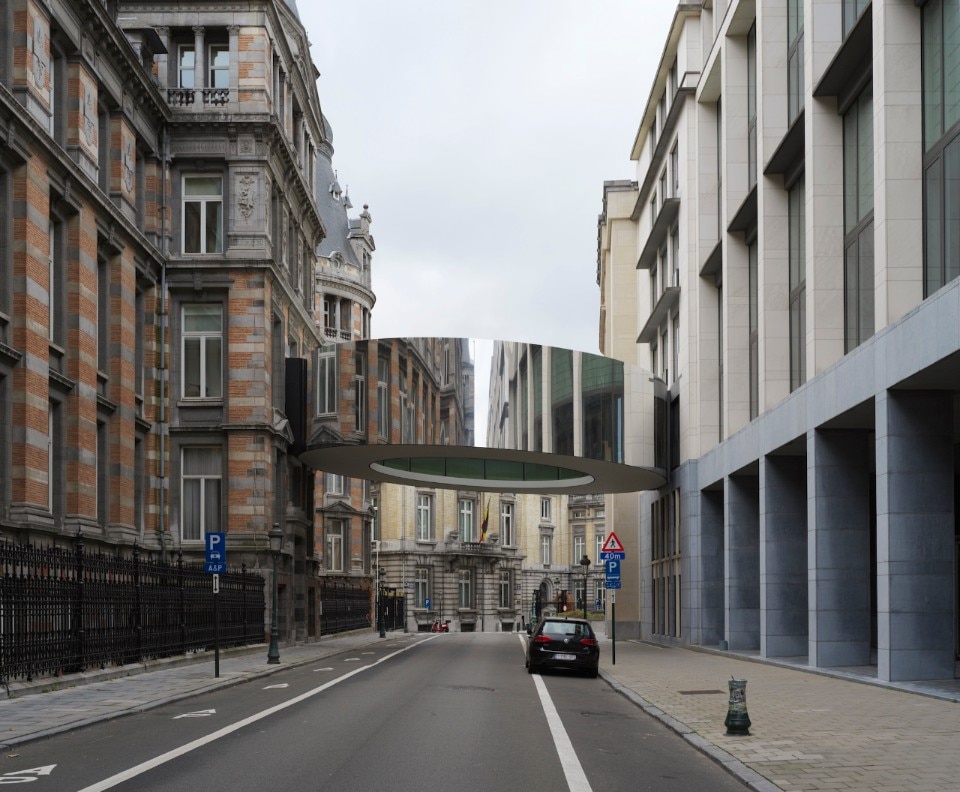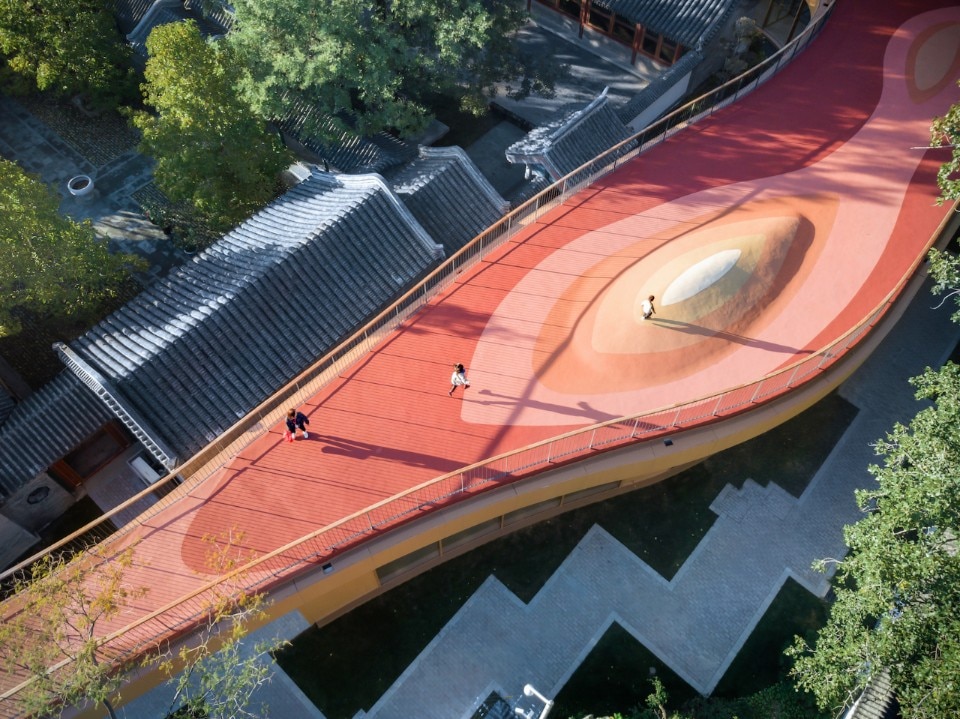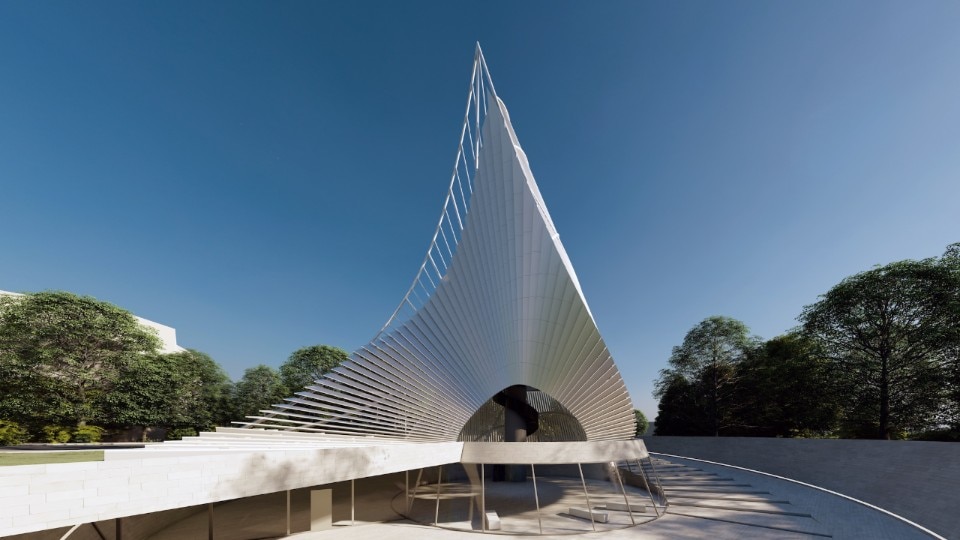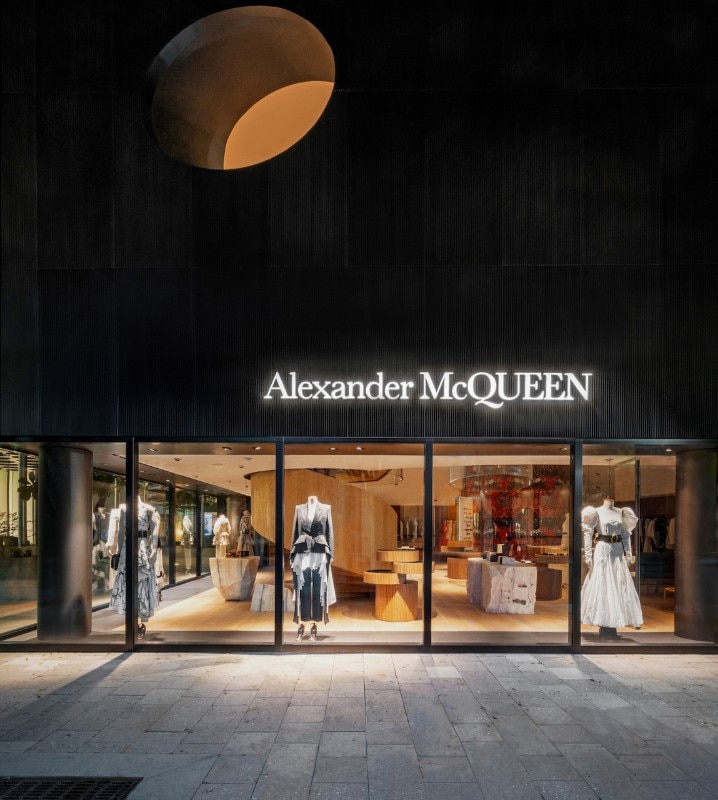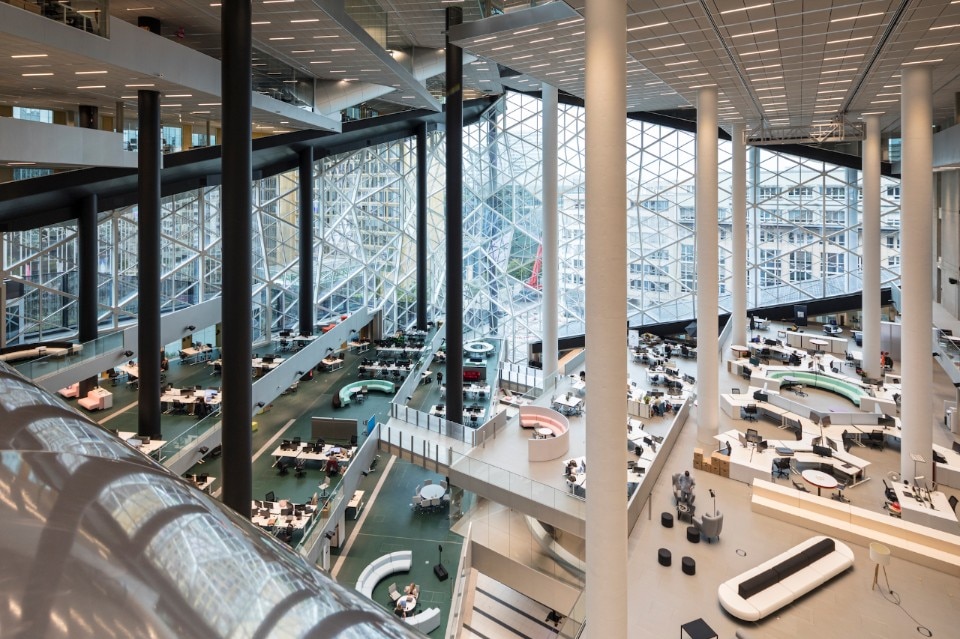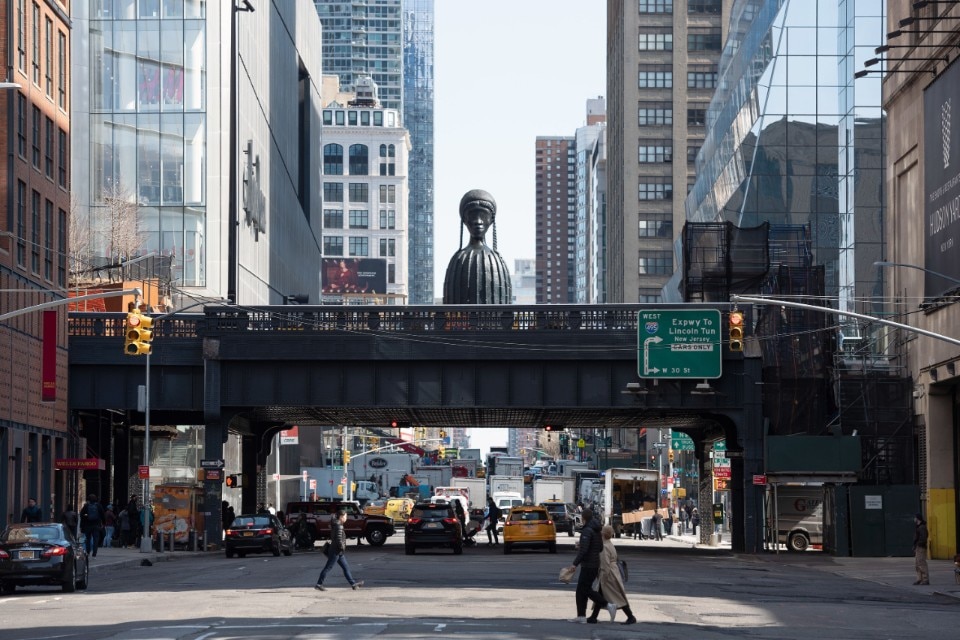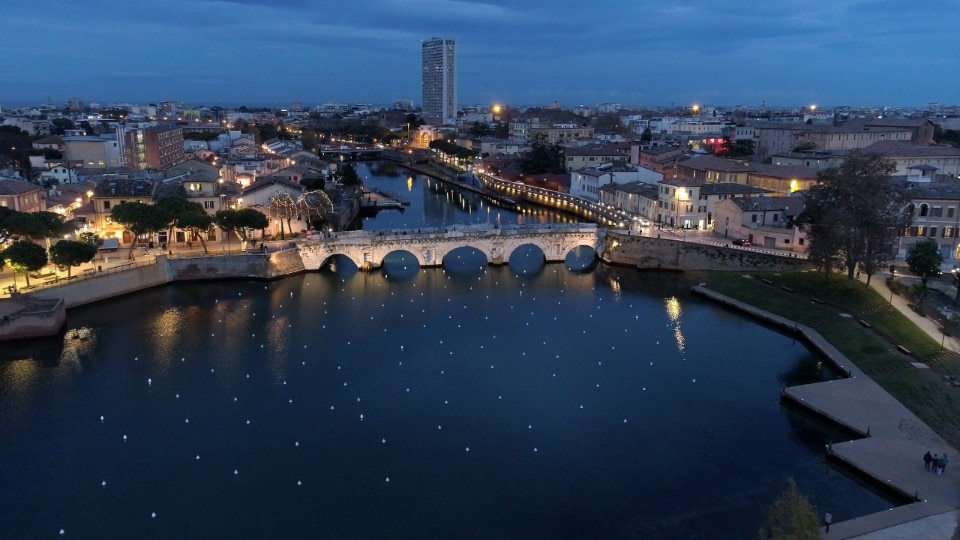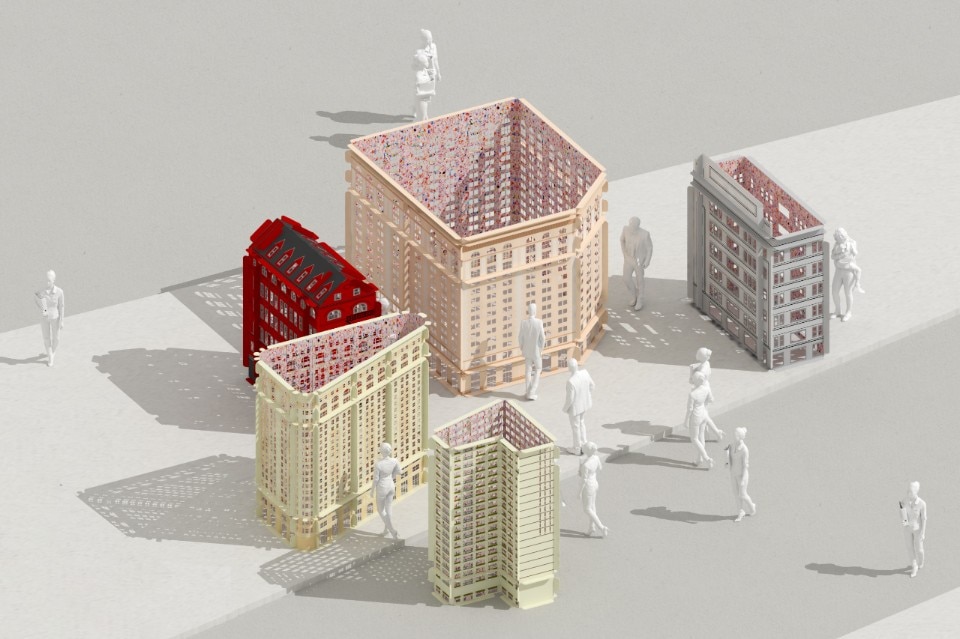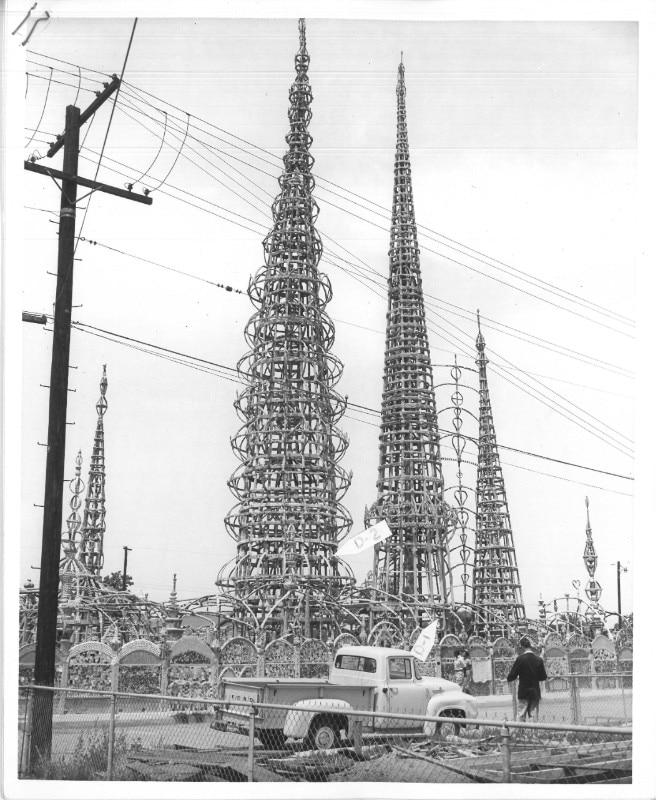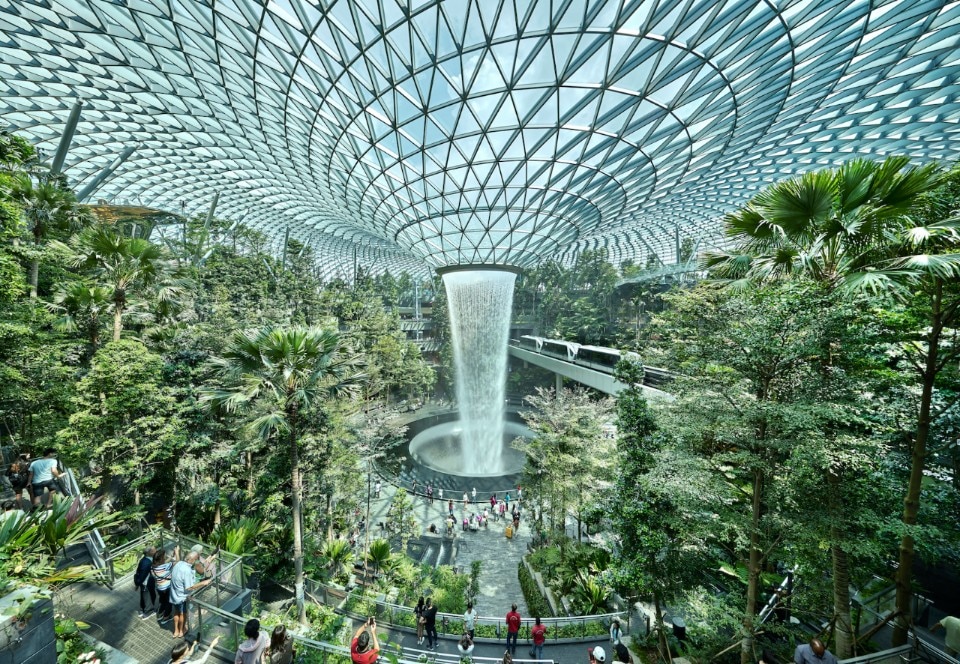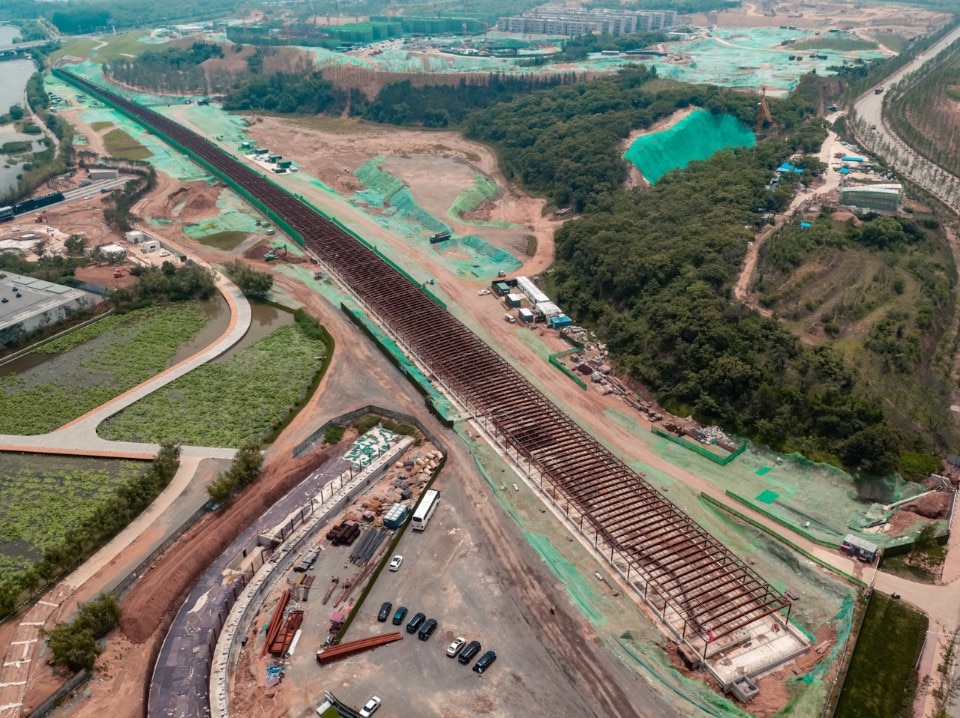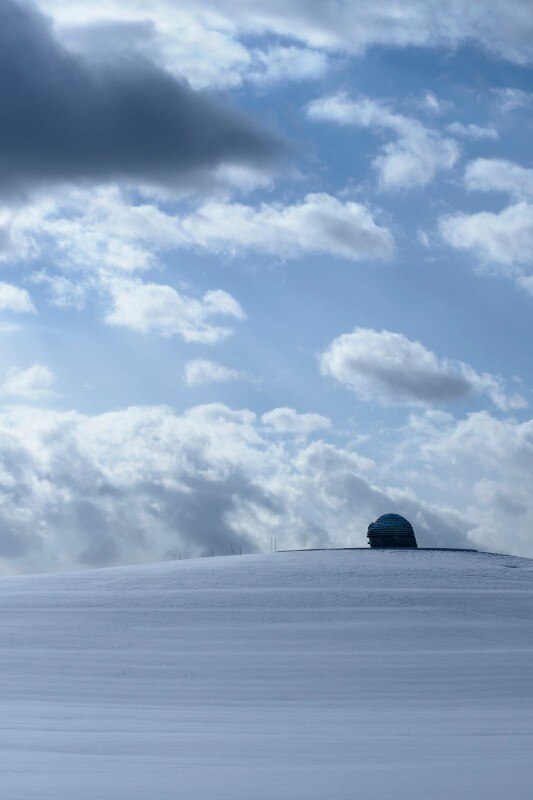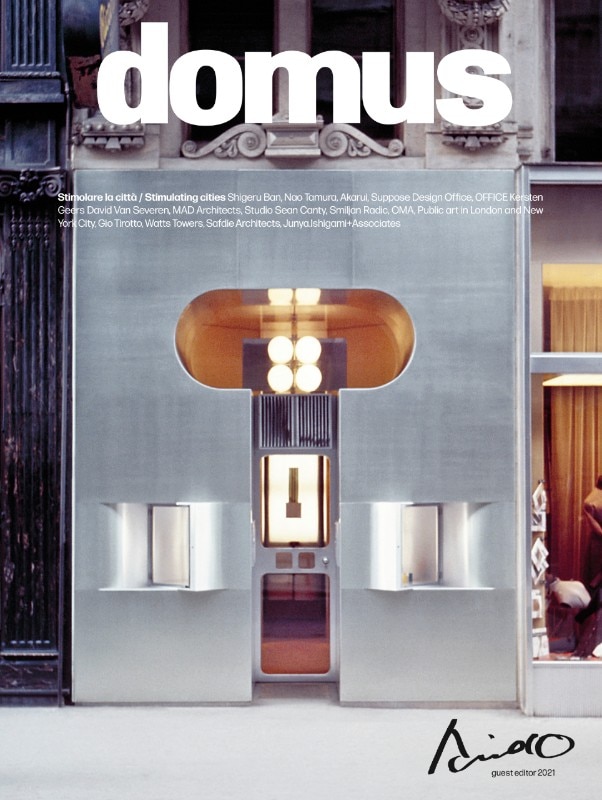The February issue of Domus 1054 focuses on the urban role of contemporary architecture. In his editorial, Guest Editor Tadao Ando tells us about the need to produce critical statements against existing urban institutions. “The purer this critique is, the more radical the architecture it expresses will be, will be able to challenge the ordering of society,” Ando explains. “A network of critical structures that overcome these conflicts can breathe new life into the built environment.”
An Indian architect and urban planner, an essay by Rahul Mehrotra, follows, observing the physical form of Indian cities, exemplifying the clash between two opposing political rhetorics: build a global city or build a fair and sustainable one. Markus Breitschmid, starting from the architecture of Valerio Olgiati, argues that a radical building, capable of creating meaning, is more inclusive and freer.
In the Architecture section, six projects are presented, featuring three different types of landmarks: the public toilets built in 2020 in Tokyo by Shigeru Ban Architects, Nao Tamura, Suppose Design Office and Akarui, and Tondo, the suspended passage designed in the centre of Brussels by Office Kersten Geers David Van Severen. The buildings, on the other hand, gathered under the name Jewellery box are the YueCheng Kindergarten by MAD Architects, a formally fluid floating roof, the Arena Park Lumen by Studio Sean Canty and the flagship store created for Alexander McQueen in Miami by Smiljan Radic, which relates to the city like an animated garden. Finally, described as Treasure chest, the headquarters of Axel Springer by OMA studio, where the new offices of the publishing house are cut by the director that connects the two existing buildings of the campus.
In the pages dedicated to Art, Angela Maderna tries to outline a role for monuments, recounting two examples in London and New York, where public art is the engine of a critical action that stimulates reflection and triggers a dialogue with the context, raising fundamental issues for the community.
For Design Gio Tirotto illustrates the 208 luminous buoys near the historic Tiberius Bridge in Rimini. Like many urban gems suspended over the water, the buoys are a poetic note that illuminates the city. However, they are also an opportunity to develop a new type of nautical object.
In the New Creators section illustrates various thought-forms that can emerge around an idea. Each month we will offer a series of artists and designers who shape objects, spaces and buildings the opportunity to express themselves visually on the theme we investigate in the issue. For this issue, we asked designers such as Manuel Aires Mateus, Dominique Perrault, Steven Holl, John Pawson, Virgil Abloh, and others to focus on the question, “What stimulates the city?”
For Design snippets, Michael Holland discusses Simon Rodia’s Watts Towers, built with his own hands over 33 years and recognized as public art thanks to residents and authorities’ support. Safdie Architects describe the Jewel centre’s ongoing project at Singapore airport, for which a glass roof with discontinuous pillars to support it has been designed. On the other hand, for Junya Ishigami + Associates, the careful management of the construction of the ceiling in the Shandong Cultural Center, China, brought out the potential of raw concrete.
In this month’s Diary, pages dedicated to current events, a round table between Marco Alverà, Sara Hejazi, Elena Ostanel and Igiaba Scego discusses the challenges and limits of current inclusion practices, and how intersectionality is interpreted in urban and business processes. Carlos D’Ercole visits the house the residence of the collector and art dealer Rafael Jablonka, a tribute to the artists whose path he has been an accomplice: Philip Taaffe, Eric Fischl, Miquel Barceló, Mike Kelley and Richard Avedon. Valentina Petrucci meets the British fashion designer Paul Smith, while Andrea Caputo visits the anomalous and anti-urban reality of Elasticofarm, a studio founded by Stefano Pujatti, Alberto del Maschio and Sara Dal Gallo with an office in Canada, in Toronto, a base dispersed in the countryside of Turin, completely dissociated from any metropolitan imaginary, and one in Budoia, in Friuli. Editorial director Walter Mariotti concludes the section with a meeting with Anna Zegna, president of the Foundation of the same name, who tells us about her green vision of the world: economic, social and environmental.


